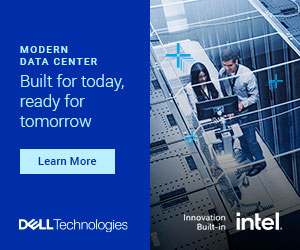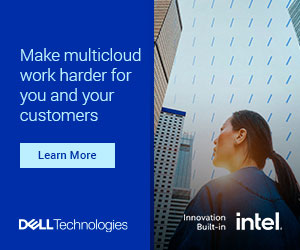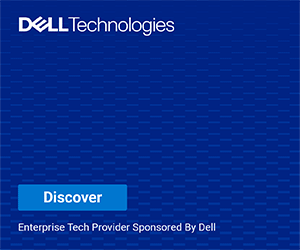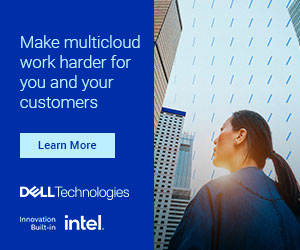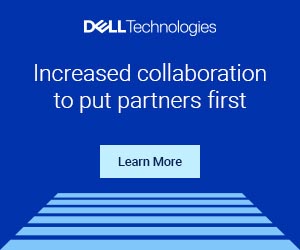The Enterprise Server Market was valued at USD 84.22 billion in 2020 and expected to reach USD 166.38 billion by 2026 and grow at a CAGR of 12% over the forecast period (2021 - 2026). The market landscape is expected to witness strong innovations, aimed at enhancing performance, speed, and memory, in order to support the surge of Big Data, high-performance computing, and business intelligence applications.
· The market for enterprise servers is majorly driven by the increased investments in the hyperscale data centers’ capacity to re-shape the core server market. The server market is also expected to witness a server-refresh cycle, which may favorably impact the market growth, over the next few years.
· Furthermore, emerging technologies, such as flash storage, virtualization, and advanced management may offer new avenues, for market growth. New applications (developed to meet specific computing requirements of the enterprises and end users) are also expected to contribute, significantly, to the growth of the enterprise server market.
· Furthermore, the increased demand for memory, buoyed by the data center demands of memory needs of 10Mn GB to 20Mn GB DRAM server on an average, continues to drive the demand for the server market. This demand for data centers has been driven by the increasing demand for high-performance computing, edge computing, cloud applications, thus, pushing vendors for faster and higher data capacities.
Scope of the Report
An enterprise server is a computer server that includes programs required, to collectively serve the requirements of an enterprise instead of an individual user, department, or specialized application.
Rack Optimized Server Type to Witness High Growth
· When compared to a tower server, a rack server is comparatively smaller and is mounted within a rack. It is basically designed to be positioned in a vertical manner, stacking various electronic devices, such as cooling systems, storage units, network peripherals, batteries, and SAN devices, with servers one over the other.
· The primary advantage of using a rack server is that a user is able to stack any required electronic devices with the server, wherein, a single rack is able to contain multiple servers, hence, consuming lesser space, due to which it is now mostly preferred by many organizations, across the world.
· Hyperscale data center adoption by cloud service providers is expected to drive the market, considerably over the forecast period. Moreover, the demand for rack optimized servers is rapidly increasing, which is compelling the industry players to invest in this technology.
Asia-Pacific to Witness Highest Growth Rate
· The Asia-Pacific region is estimated to register the highest growth rate, due to the increasing adoption of technologies, such as artificial intelligence, Internet of Things, and Big Data, in various end-user industries, thus, increasing the demand for enterprise servers, in this region.
· With the increasing data center services in the Asia-Pacific region, owing to the growing number of multinational and domestic enterprises, turning toward cloud services providers is also driving the need for enterprise servers.
· Moreover, the Indian government’s cloud computing policy, which says that the data generated in India may be stored within the country may ramp up the number and size of data storage centers in India, and thus, boosting the enterprise server market.
· Furthermore, major firms, such as Google and Apple, are also planning to open their data centers in China, to seek enhanced connectivity and scalable solutions for their growing businesses.
Competitive Landscape
The enterprise server market is competitive, owing to the presence of many players in the market, in the market, both domestic and international. The market is consolidated as some of the players currently occupy most of the market. Some of the key strategies, adopted by the major players, are product innovation and mergers and acquisition. Some of the major players in the market are Hewlett Packard Enterprise Co., Dell Technologies Inc., IBM Corporation, Cisco Systems Inc., among others.
Get access to the full report here






